BMW M3 M.Y. 2015
quanto ti piace la BMW M3 2014?
34 voti
-
1. quanto ti piace la BMW M3 2014?
-
• Molto18
-
• Abbastanza9
-
• Poco4
-
• Per niente1
-
- Si prega di accedere o registrarsi per votare a questo sondaggio.







.thumb.jpg.902d2a4f20a129e92b6f6920407b81bd.jpg)






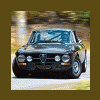

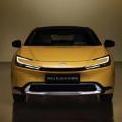




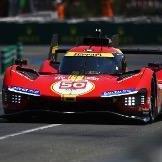

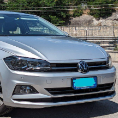
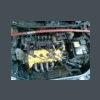
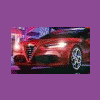
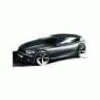



Messaggi Raccomandati:
Crea un account o accedi per lasciare un commento
Devi essere iscritto per commentare e visualizzare le sezioni protette!
Crea un account
Iscriviti nella nostra community. È facile!
Registra un nuovo accountAccedi
Sei già registrato? Accedi qui.
Accedi Ora